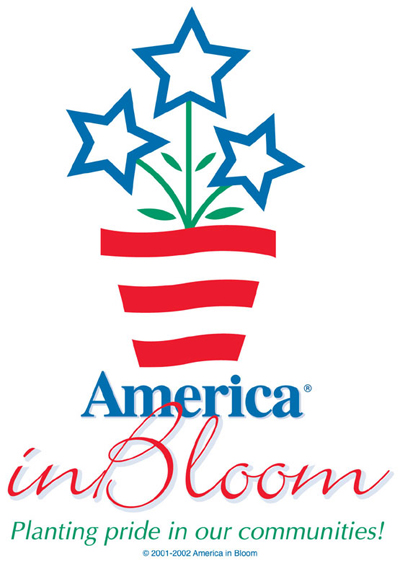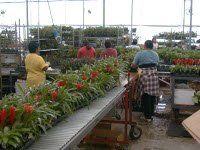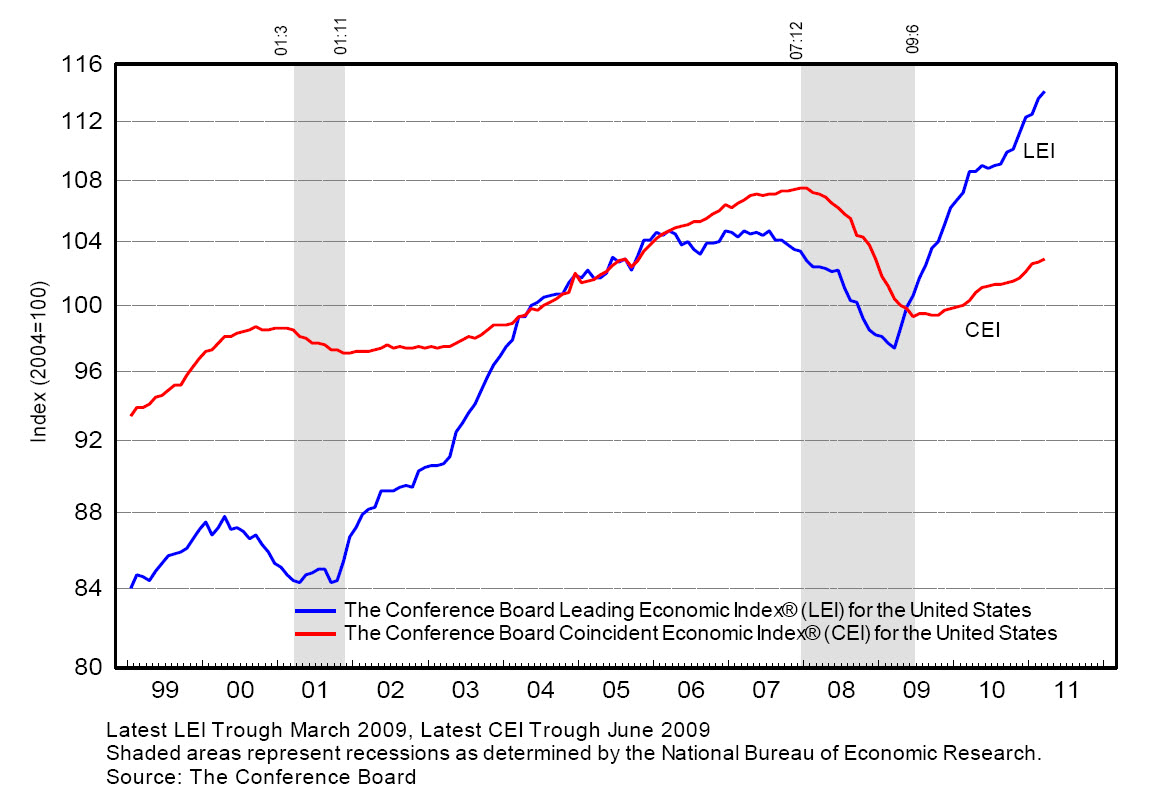 As many of you are aware, America in Bloom (AIB) promotes nationwide beautification through education and community involvement by encouraging the use of flowers, plants, trees, and other environmental and lifestyle enhancements.
As many of you are aware, America in Bloom (AIB) promotes nationwide beautification through education and community involvement by encouraging the use of flowers, plants, trees, and other environmental and lifestyle enhancements.
One of the ways that AIB raises funds (besides sponsorships) is to hold an annual raffle. Wouldn’t it feel good to put $5,000; $1,000, or even $500 in your pocket? If you purchase an AIB raffle ticket you just might be one of the lucky cash prize winners! The 2010 raffle generated over $30,000 in funding for America in Bloom.
The raffle will be held on Monday, July 11, 2011 during the OFA Short Course. You do not need to be present to win. It’s also easy to participate. Simply buy your raffle tickets online using the secure form.
Now you may be asking…Why should I buy a raffle ticket? Let me answer that by summarizing what AIB participating cities say about the program:
AIB is a quality of life improvement program
…a great concept that can help develop both beautification and economic improvement
… a grassroots program that believes that connecting people and plants is important to everyone’s quality of life
… the propagation of the love of plants and their interaction with our communities
…enhancing cities to make them better places to live
…a program that promotes community health by using horticulture
…a program that builds pride of place for communities and enhances awareness of different facets of the community
AIB is a community improvement program
…an opportunity to make a community more appealing through community involvement
…a challenging experience, but worth the effort to see a cocoon become a butterfly
…a nation wide program that brings a community together to beautify inside and out
…a unique and informative creative concept to highlight your community and improve overall involvement of the neighborhoods …a wonderful shot in our community’s arm; through it we are reborn
…a community effort to beautify and improve your town by getting the residents involved
…an opportunity for communities to identify and build their image
…amazing as it provide the process to get cities and towns moving and working together to improve their communities
AIB is a civic pride and community involvement program
…an organization to promote pride in cities
…a beautification program for each community that nurtures volunteerism
…a way to pull together volunteers to impact the community
…about bringing people together to make our city better
…a community building and enhancement program
…a community beautification organization that promotes civic pride
…a community effort to showcase pride in the community through plants, flowers, trees
…community beautification …a contagious awakening of community pride
…a method for involving the total community in planting pride in our communities
…a community improvement and beautification contest
AIB is an educational and community engagement program
…a very educational program that makes our communities more aware of how beautiful we can make our communities by working together
…a teaching experience to educate rather than criticize
…an incredibly motivating organization that serves as a catalyst for building community pride and participation
…an organization that promotes community pride, passion and education
A source of inspiration
…inspiring and encouraging
…a facilitator of community involvement and inspiration for change and improvement
AIB is a catalyst
…a great resource and motivator to improve our city’s public image as well as sales revenue for downtown businesses
…motivating and inspiring
…rewarding
…a municipal and volunteer self improvement program that brings the community together
…a vehicle to coordinate community improvement
…the contest is a catalyst for action on a continuing basis
AIB is a friendly competition
…disguised as a friendly competition, but serves our community as a unifier for the various non profits, corporations, private citizens for a common goal
…a contest that can be used to generate enthusiasm and education for community wide improvement projects
AIB is a valuable tool
…comprehensive inexpensive survey of a city
…a powerful community building tool
…a program that gives us an annual list of potential problems to address from the judges’ visit
Not convinced yet? Then I invite you to visit the America in Bloom website to learn more! Or better yet, look for me or any other board member at the OFA Shortcourse and we’d be happy to talk more about how AIB is an important tool for ensuring the relevancy of floriculture in the future!



 From today’s
From today’s 
